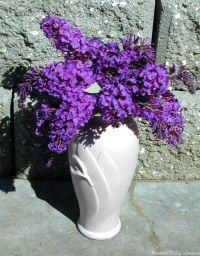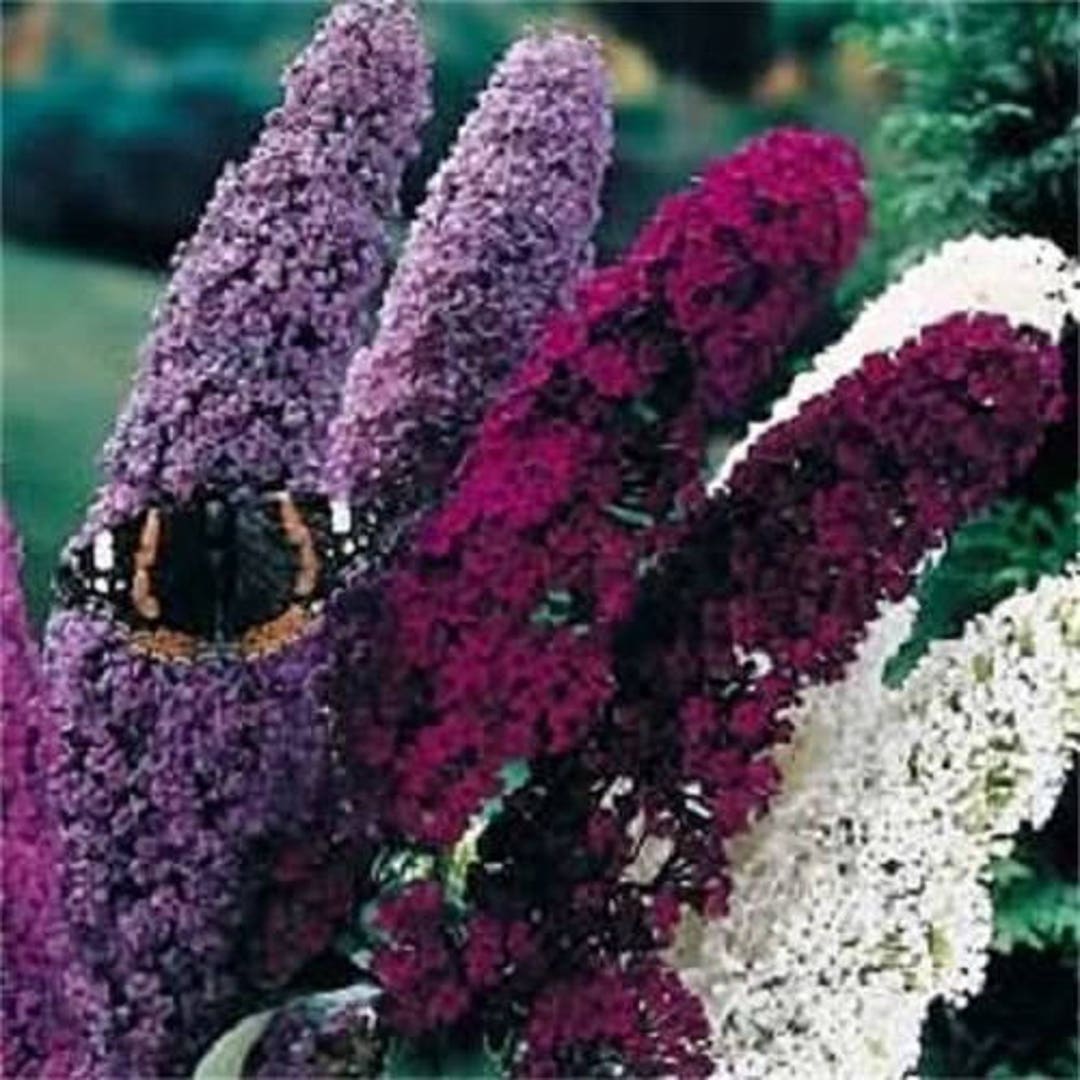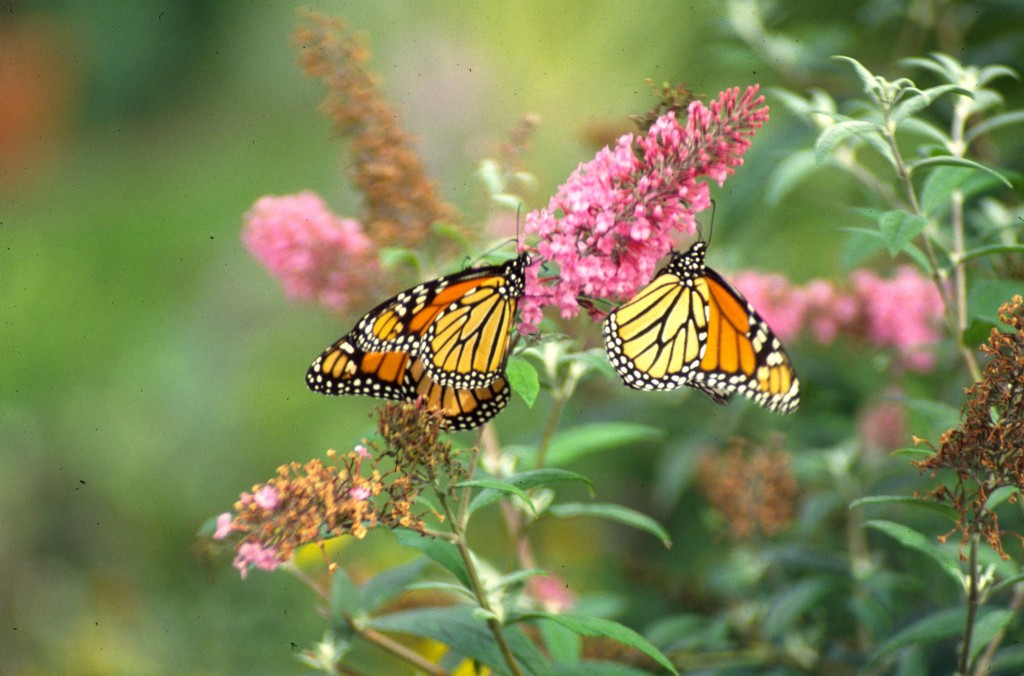Buddleja Davidii: The Ultimate Guide To Growing This Beautiful Butterfly Bush
Introduction
Buddleja davidii, commonly known as the butterfly bush, is a popular garden plant that is known for its fragrant, nectar-rich flowers that attract butterflies. The butterfly bush is native to China and Japan, but it is now grown in gardens all over the world.
This blog post will provide an ultimate guide to growing Buddleja davidii. We will cover everything from choosing the right variety to planting and caring for your butterfly bush.
Choosing the Right Variety
There are many different varieties of Buddleja davidii available, so it is important to choose the right one for your garden. Some factors to consider when choosing a variety include:
- Hardiness zone: Butterfly bushes are hardy in zones 5-9, so you will need to choose a variety that is hardy in your climate.
- Height: Butterfly bushes can grow up to 10 feet tall, so you will need to choose a variety that is the right size for your garden.
- Color: Butterfly bushes come in a variety of colors, including white, pink, purple, blue, and yellow. Choose a color that will complement the other plants in your garden.
Planting
Buddleja davidii can be planted in the spring or fall. When planting, choose a spot in your garden that gets full sun. Butterfly bushes prefer well-drained soil, but they can tolerate a variety of soil types.
To plant a butterfly bush, dig a hole that is twice the width of the root ball. Place the root ball in the hole and backfill with soil. Water the butterfly bush well.
Caring for Your Butterfly Bush
Buddleja davidii is a relatively easy plant to care for. Once established, butterfly bushes are drought tolerant and do not require a lot of fertilizer. However, they do appreciate a good watering during the summer months.
To care for your butterfly bush, you should:
- Water regularly, especially during the summer months.
- Fertilize once a year in the spring with a balanced fertilizer.
- Deadhead spent flowers to encourage new blooms.
- Prune in the late winter or early spring to shape the plant and remove dead or damaged branches.
Pests and Diseases
Buddleja davidii is relatively resistant to pests and diseases. However, it can be susceptible to aphids, spider mites, and powdery mildew. If you see any pests or diseases on your butterfly bush, you can treat them with insecticidal soap or neem oil.
Conclusion
Buddleja davidii is a beautiful and easy-to-grow plant that is perfect for attracting butterflies to your garden. With proper care, your butterfly bush will bloom for many years to come.
Buddleia davidii, also known as butterfly bush, is a popular garden plant that attracts butterflies and other pollinators. It is a deciduous shrub that can grow up to 15 feet tall. The flowers are typically purple, but they can also be white, pink, or yellow. Buddleia davidii blooms in the summer and fall.
If you are interested in learning more about butterfly bush, I recommend visiting Garden Wiki. This website has a wealth of information about the plant, including its history, cultivation, and uses. You can also find photos, videos, and articles about butterfly bush on this website.
FAQ of buddleia davidii
- What is Buddleja davidii?
Buddleja davidii, also known as the butterfly bush, is a large, deciduous shrub that is native to China. It is known for its long, fragrant flower spikes that attract butterflies and other pollinators. Buddleja davidii is hardy in USDA zones 5-9 and can grow up to 10 feet tall.
- What are the benefits of growing Buddleja davidii?
There are many benefits to growing Buddleja davidii, including:
* It is a beautiful and attractive shrub that can add color and interest to any garden.
* It attracts butterflies and other pollinators, which can help to improve the health of your garden.
* It is relatively easy to care for and can tolerate a wide range of conditions.
- How do I care for Buddleja davidii?
Buddleja davidii is a relatively easy plant to care for. It prefers full sun and well-drained soil. It is drought-tolerant once established, but it should be watered regularly during the first year. Buddleja davidii can be pruned in the spring to remove dead or damaged branches.
- What are some common problems with Buddleja davidii?
Some common problems with Buddleja davidii include:
* Aphids: Aphids are small, sap-sucking insects that can damage Buddleja davidii. They can be controlled with insecticidal soap or neem oil.
* Powdery mildew: Powdery mildew is a fungal disease that can cause white, powdery spots on the leaves of Buddleja davidii. It can be controlled with a fungicide.
* Winterkill: Buddleja davidii is hardy in USDA zones 5-9, but it may be susceptible to winterkill in colder climates. To protect your Buddleja davidii from winterkill, you can mulch it with a layer of organic matter or cover it with a burlap sack.
- Where can I buy Buddleja davidii?
Buddleja davidii is available at most garden centers and online retailers. When choosing a Buddleja davidii, look for a plant that is healthy and free of pests or diseases.
Image of buddleia davidii
- Buddleia davidii in full bloom. This image shows a buddleia davidii plant in full bloom, with its characteristic tall, upright habit and clusters of purple flowers.

- Buddleia davidii close-up. This image shows a close-up of the flowers of a buddleia davidii plant, revealing their delicate purple petals.

- Buddleia davidii in a garden. This image shows a buddleia davidii plant in a garden, surrounded by other flowers and greenery.

- Buddleia davidii in a vase. This image shows a buddleia davidii plant in a vase, its flowers providing a beautiful splash of color.

- Buddleia davidii in a pot. This image shows a buddleia davidii plant in a pot, making it a versatile plant that can be grown indoors or outdoors.

- Buddleia davidii in different colors. This image shows buddleia davidii plants in a variety of colors, including purple, pink, white, and yellow.

- Bumblebees on buddleia davidii. This image shows bumblebees pollinating a buddleia davidii plant, demonstrating the plant's popularity with pollinators.
- Butterflies on buddleia davidii. This image shows butterflies on a buddleia davidii plant, making it a popular plant for attracting butterflies to your garden.

- Buds of buddleia davidii. This image shows the buds of a buddleia davidii plant, just before they open into flowers.

- Seed pods of buddleia davidii. This image shows the seed pods of a buddleia davidii plant, after the flowers have faded.

Post a Comment for "Buddleja Davidii: The Ultimate Guide To Growing This Beautiful Butterfly Bush"